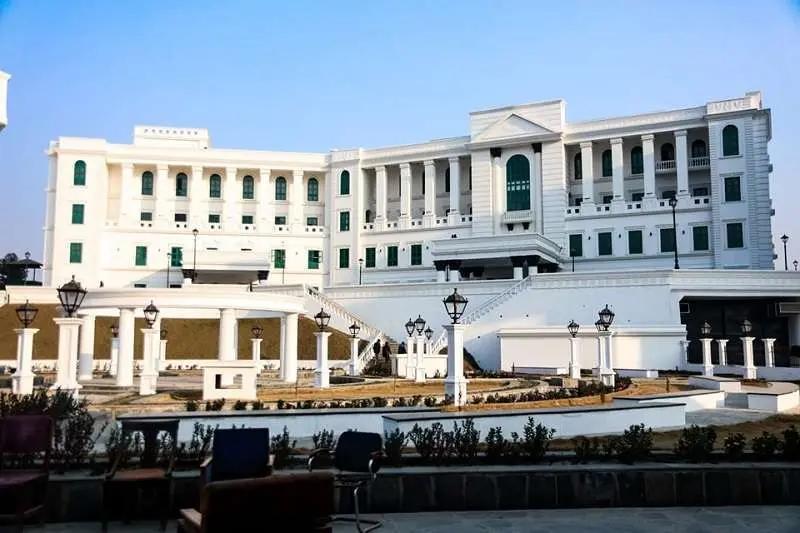Nepal Rastra Bank’s Report: Inflation at 1.87%, Foreign Exchange Reserves at Rs. 2.88 Trillion
Author
NEPSE TRADING

The Nepal Rastra Bank (NRB) has published the economic and financial situation report for the first two months (till Bhadra) of the current fiscal year 2082/83 (2025/26). The report shows positive progress in major indicators such as inflation, foreign exchange reserves, remittance inflow, trade balance, and government revenue — signaling a gradually stabilizing economy.
Inflation Under Control — Price Stability Maintained
According to NRB, the annual consumer price inflation based on the Consumer Price Index (CPI) remained limited to 1.87%.
This is among the lowest inflation rates in recent years, indicating effective monetary control and price stability.
The central bank attributes this moderation to balanced monetary policy, improved supply conditions, and restrained domestic demand.
Overall, the inflation trend suggests that consumers’ purchasing power remains stable.
Foreign Exchange Reserves Strengthen to Rs. 2.88 Trillion
As of Bhadra-end, Nepal’s total foreign exchange reserves reached Rs. 2,881.35 billion, sufficient to sustain 16 months of imports of goods and services.
In US dollar terms, the reserves stand at $20.41 billion.
This marks a strong position in Nepal’s external sector stability, supported mainly by rising remittance inflows and a positive current account balance.
Experts believe this healthy reserve level enhances the country’s ability to manage external shocks.
Sharp Growth in Remittance Inflows
Remittance inflows have recorded a 33.1% increase in Nepali rupees and 27.6% in US dollars compared to the same period last year.
In Bhadra alone, Nepal received Rs. 174.67 billion in remittance.
The surge reflects the steady contribution of Nepali migrant workers abroad and has helped boost domestic liquidity and bank deposits, according to NRB.
This also supports Nepal’s foreign reserve buildup and consumption demand.
Exports and Imports Both Rise
The report shows that exports increased by 88.6%, while imports rose by 16.2% during the period.
Although imports remain higher, the sharp rise in exports indicates improving trade dynamics.
Growth in the export of agricultural and hydropower-related goods contributed to the improvement.
However, the trade deficit persists, suggesting the need for continued diversification of export products.
Government Spending and Revenue Performance
By the end of Bhadra, the Government of Nepal had spent Rs. 180.17 billion, while revenue mobilization reached Rs. 157.53 billion.
Though revenue collection improved, the expenditure growth rate remains higher, maintaining fiscal pressure.
NRB emphasized the need for efficient expenditure management and targeted budget execution to preserve fiscal balance.
Monetary Supply, Deposits, and Credit Expand Slightly
The broad money supply (M2) increased by 0.3%, while on a year-on-year basis, it grew by 12.4%.
Deposits in banks and financial institutions rose by 0.5%, and credit to the private sector expanded by 0.9%.
This indicates that private-sector investment and banking activities are gradually picking up pace after months of stagnation.
Interest Rates Remain Stable
The weighted average interbank rate stood at 2.75%, and the 91-day Treasury Bill rate was 2.13%.
The average deposit rate of commercial banks was 3.96%, while the average lending rate was 7.66%, according to the central bank.
These figures suggest a stable money market and a balanced interest rate environment conducive to investment recovery.


